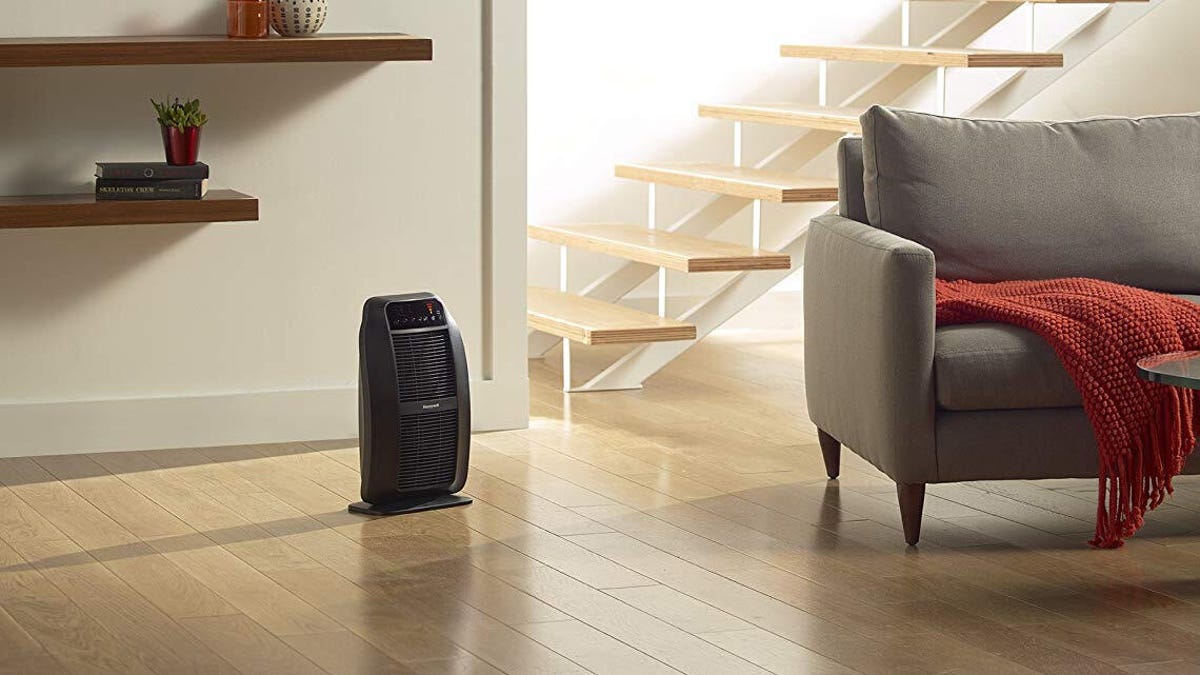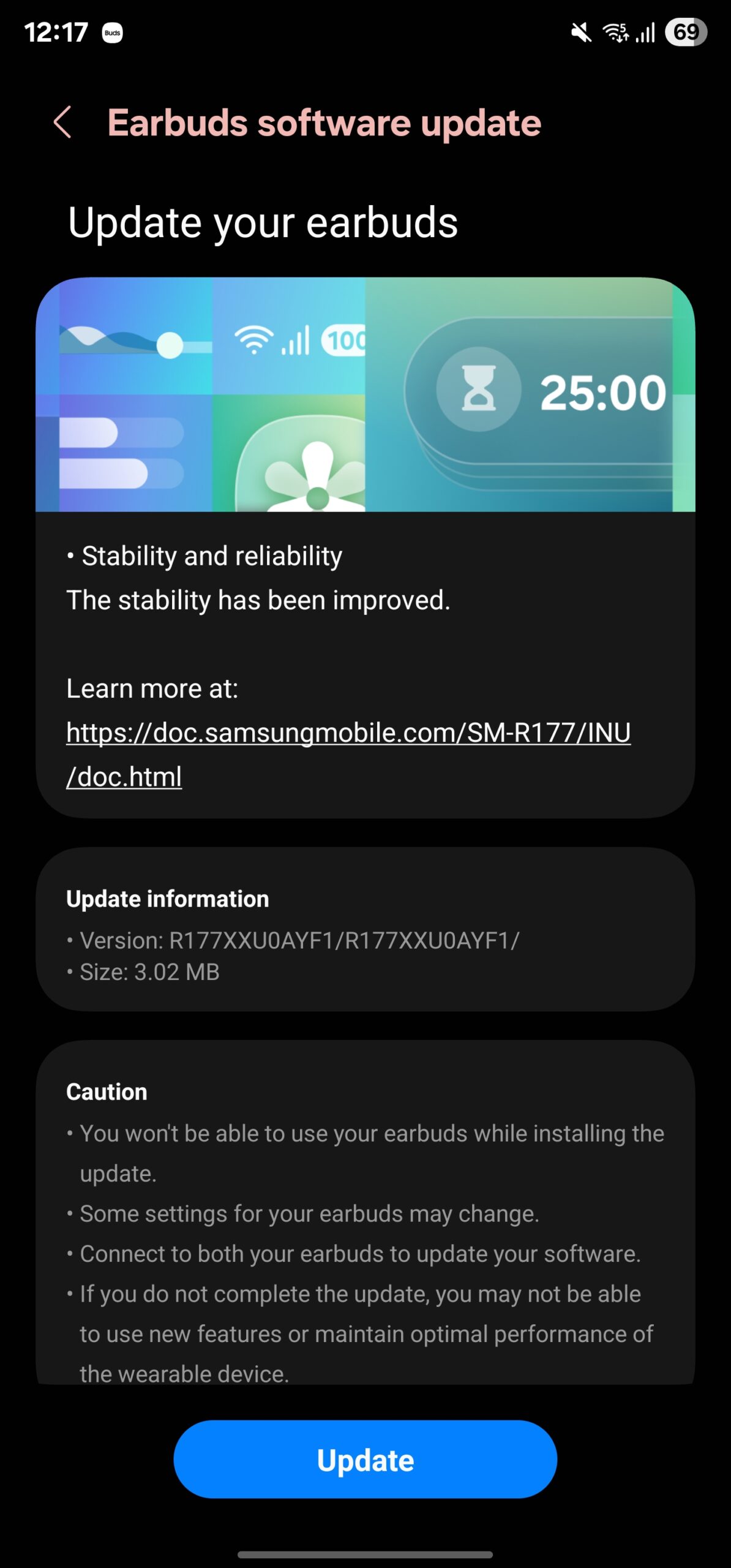Space heaters can be a warming addition to your home, particularly in drafty areas or in homes where the central heat is weak. If used strategically, an electric space heater might even save you on total energy costs during chilly months. For all the benefits space heaters provide, they also pose a serious fire hazard and should always be used with caution. Portable space heaters were responsible for an average of 1,700 house fires per year between 2017 and 2019, according to the Consumer Product Safety Commission.
To ensure your home stays warm and free of fire this winter, here’s what you can do to keep you and your home safe while using supplemental space heaters. (For more winter safety tips, check out everything you should stock up on before a winter storm, and what temperature to keep your thermostat at to lower your monthly bills.)
What types of space heaters are available?
There are four types of space heaters:
- Fan-forced: Warm air is blown over metal coils.
- Infrared: Infrared light bulbs create heat.
- Ceramic: Ceramic heating element warms air.
- Water or oil-filled: Heated water or oil travels through the unit.
No matter which type of space heater you buy, be sure to check that it’s a recent model with an Underwriters Laboratories label. Also, check to see what size room the heater is designed for, and generally keep to devices appropriate for the room in which you plan to use them.

Space heaters can be safety hazards in the home — but they can also be useful if you use them with care.
Space heater safety features to consider
When purchasing a space heater, consider the following safety features:
- Tip-over switch: Shuts the unit down if it’s not in an upright position.
- Automatic shut-off/overheat protection: Automatically shuts down the unit in the case of overheating.
- Thermostat: Monitors indoor temperature, which allows the unit to determine when to turn on and off.
- Plastic face: Keeps the grille from heating to the point of burning the skin upon contact.
Extra safety features are good to keep in mind — especially if you plan to use the heater in certain contexts. If you have pets or children, tip-over switches and nonmetal faces are important features to consider. Likewise, if you plan to use the heater without constantly monitoring it yourself, you will probably want to consider an automatic shut-off feature or a thermostat that allows you to set a certain target temperature.
Space heater safety tips
Space heaters have caused many house fires, injuries and deaths over the years. If you plan to use a space heater during the cold winter months, you’ll want to make sure you are using it properly to avoid potentially fatal mistakes.
To keep yourself and your home safe while using a space heater:
- Review instructions and warning labels to ensure safe operation.
- Inspect your heater for damage.
- Place space heaters on low, flat surfaces.
- Keep out of high-traffic areas or doorways.
- Keep space heaters at least 3 feet away from flammable items and objects, such as papers or curtains.
- Avoid leaving a space heater unattended — especially for long periods.
- Do not plug space heaters into extension cords or power strips.
- Unplug space heaters when not in use.
When it’s cold outside, a space heater can be the perfect way to create a warm, comfortable living area. Although space heaters can be a hazard, when used correctly they are a convenient, affordable option when you’re looking to quickly and easily supplement your home’s central heating system.






